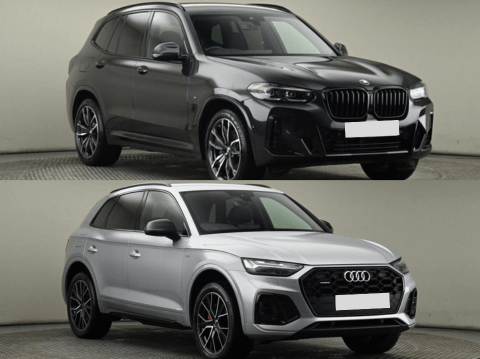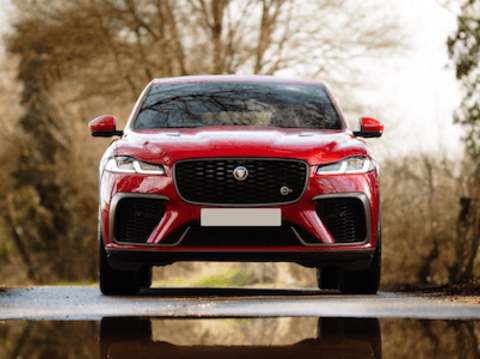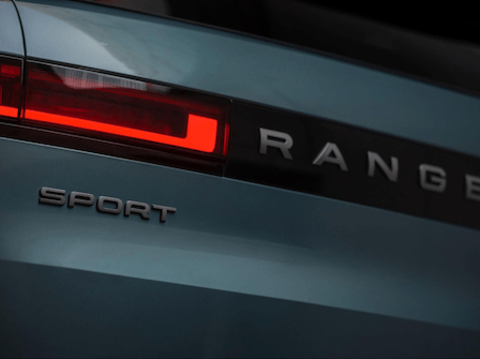Land Rover Defender V8 vs Mercedes G-Class

The Land Rover Defender and the Mercedes-Benz G-Class are both well-established names in the large SUV segment. They offer four-wheel drive capability, strong engines, and a level of interior comfort that appeals to buyers looking for a balance between practicality and presence. In this comparison, we look specifically at the Land Rover Defender 130 V8 and the Mercedes-Benz G-Class to see how they compare in key areas, including performance, economy, off-road ability & interior space.


Engine and Performance
The Land Rover Defender 130 V8 uses a 5.0-litre supercharged petrol engine, producing 500hp and 450lb ft of torque. Power is sent to all four wheels through an eight-speed automatic gearbox with the option to shift manually. The Defender reaches 0–62mph in 5.4 seconds and has a top speed of 130mph.
The Mercedes-Benz G-Class comes with a 3.0-litre straight-six petrol engine producing 442bhp and 413lb ft of torque (560Nm). It is paired with a nine-speed automatic gearbox and also features a four-wheel drive system. Despite having a smaller engine and less power, it achieves a quicker 0–60mph time of 5.2 seconds, also with a top speed of 130mph.
Both vehicles deliver strong acceleration for their size, though the Defender has the edge in outright power, while the G-Class makes slightly better use of its available output in day-to-day performance.
Fuel Consumption and Emissions
The Defender’s larger V8 engine results in higher fuel consumption, with a combined figure of 19.6mpg. The G-Class performs slightly better in this area, returning 25mpg.
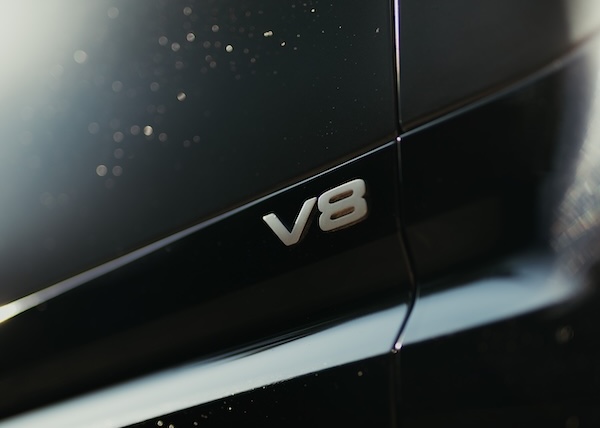
For buyers concerned about running costs and environmental impact, the G-Class offers better efficiency figures, though neither vehicle is particularly economical by modern standards.
Off-Road Capability
Both models are designed to handle off-road conditions, though their approaches differ slightly. The Defender 130 V8 features Land Rover’s full off-road technology suite, permanent four-wheel drive, a low-range gearbox, and model-specific air suspension tuning. Despite the 130’s longer body slightly reducing its departure angle, the Defender remains highly capable off the tarmac.
The G-Class also features permanent four-wheel drive, a low-range transfer case, and a solid chassis, providing strong off-road ability. However, its equipment and suspension setup are more focused on road comfort, and it lacks some of the specialised off-road systems found in the Defender.
In short, both are capable in challenging terrain, but the Defender is more focused on off-road versatility, especially in this V8 form.
Interior and Passenger Space
The Defender 130 V8 is available as either a five-seater or an eight-seater, with the third row suitable for children. Despite its powerful engine, the V8 variant retains a comfortable ride and practical layout, making it suitable for both everyday and long-distance use.
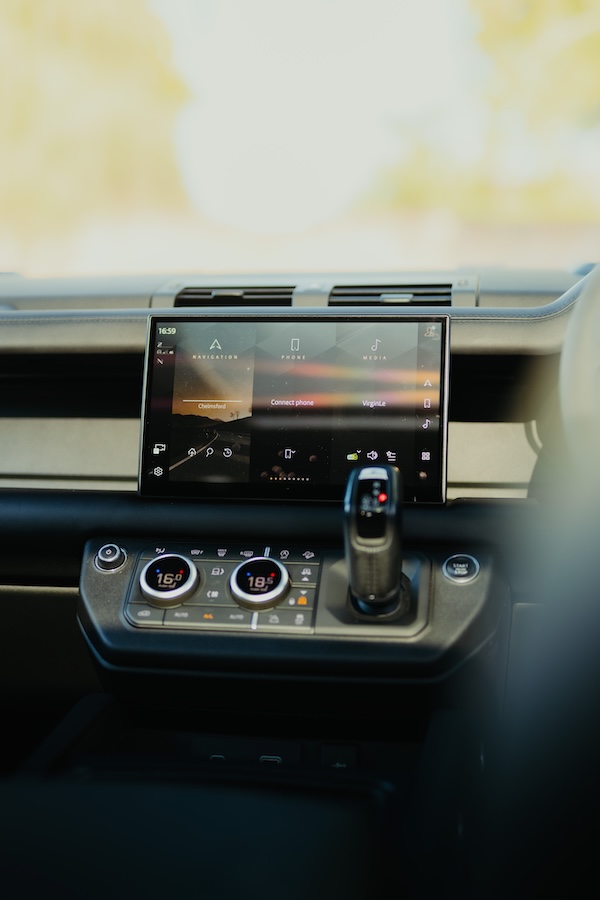
The G-Class has a five-seat layout and provides good passenger space and comfort. It includes a number of standard features, including heated electric seats, climate control, satellite navigation, and a sunroof in the AMG Line trim. The interior materials are high quality, and the seating position gives good visibility.
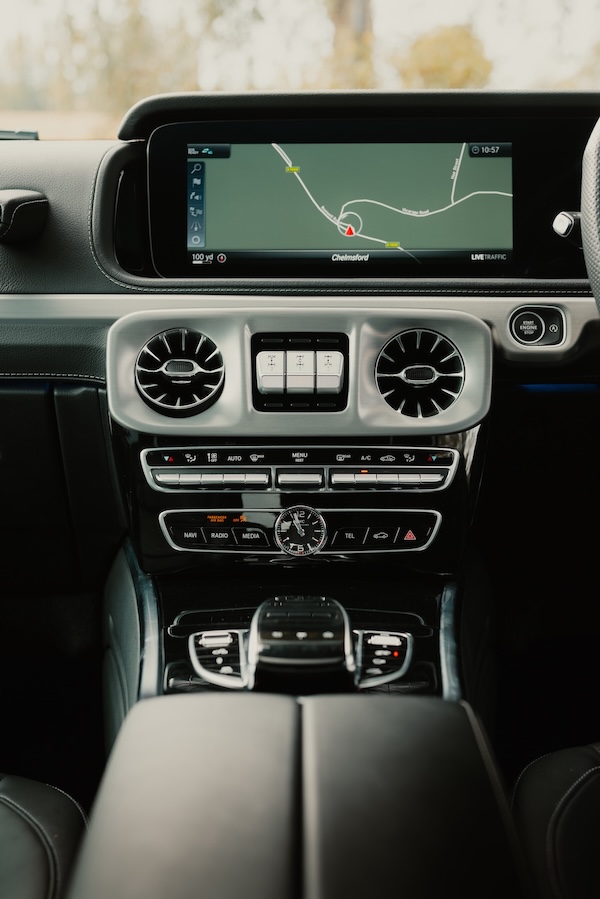
Both cabins offer good refinement and quality materials, but the Defender offers more flexibility in terms of seating arrangements.
Boot and Load Space
The Defender 130’s longer body provides more interior space, though exact luggage capacity figures depend on seating configuration. It is designed to accommodate larger families or groups with luggage or equipment.
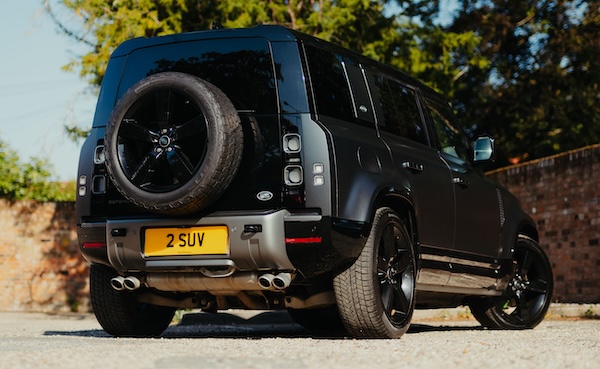
The G-Class offers a 640-litre boot, which is suitable for day-to-day use and short trips, but may be less practical for those needing to carry larger loads or more passengers.
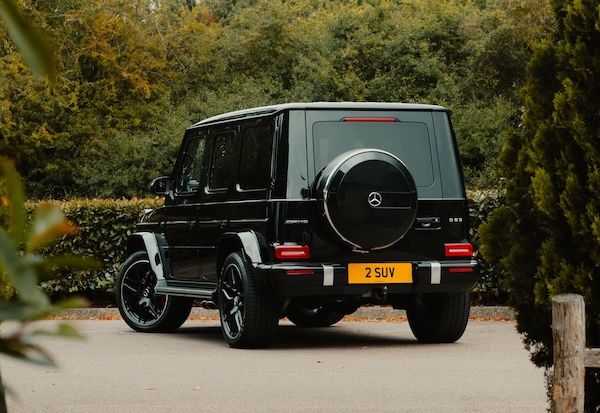
Both models support braked towing up to 3,500kg, and the G-Class also allows for 750kg unbraked towing, which may be relevant for trailer use.
Dimensions and Manoeuvrability
The Defender 130 is longer and heavier, with an unladen weight of 2,670kg. This extra length can reduce manoeuvrability in tight spaces and affects the vehicle’s off-road departure angle.
The G-Class is slightly lighter at 2,485kg, with a length of 4,825mm and a turning circle of 13 metres, which may make it easier to drive in urban environments.

Buyers who regularly drive in cities may prefer the more compact G-Class, while those needing greater interior space may lean towards the Defender 130.
The Land Rover Defender 130 V8 and the Mercedes G-Class are both strong options in the luxury SUV market, with their own distinct advantages. The Defender is the more spacious and off-road-focused choice, with an optional eight-seat layout and strong towing capacity. It delivers high performance while maintaining comfort and versatility.
The G-Class offers slightly quicker acceleration, better fuel efficiency, and a high standard of in-cabin equipment. It may appeal more to buyers prioritising refinement and road use.
Choosing between them comes down to intended use. If you need flexible space and off-road readiness, the Defender may be the better fit. If you value comfort and driving presence in urban or mixed environments, the G-Class makes a strong case.

